I am trying to implement grid layout in collectionView. This is my current view

instead of 1 item per collection I would like to show 3 items
this is my productView
struct ProductSearchView: View {
@Environment(\.presentationMode) var presentationMode
@ObservedObject var model: SearchResultViewModel
var body: some View{
NavigationView {
List {
ForEach(0 ..< Global.productArry.count) { value in
Text(Global.productArry[value].name)
CollectionView(model: self.model, data: Global.productArry[value])
}
}.navigationBarTitle("Store")
}
}
}
and this is my collection view
struct CollectionView: View {
@ObservedObject var model: SearchResultViewModel
let data: Product
var body: some View {
VStack {
HStack {
Spacer()
AsyncImage(url: URL(string: self.data.productImageUrl)!, placeholder: Text("Loading ...")
).aspectRatio(contentMode: .fit)
Spacer()
}
VStack {
Spacer()
Text(self.data.name)
Spacer()
}
HStack {
Text("Aisle: \(self.data.location_zone)\(String(self.data.aisleNo))").bold()
Text("$\(String(self.data.productPrice))")
}
}.onAppear(perform:thisVal)
}
func thisVal (){
print(self.data.productImageUrl)
}
}
how can I implement a grid of three items ?

